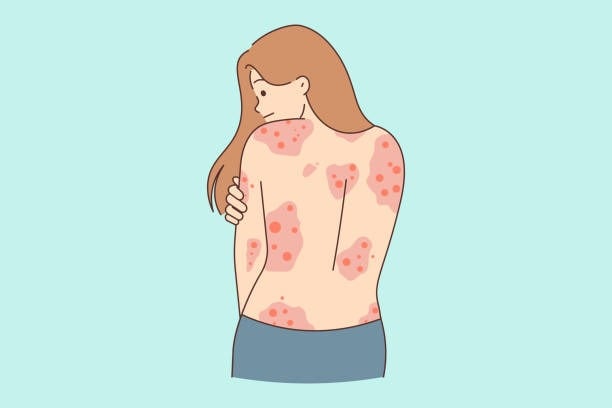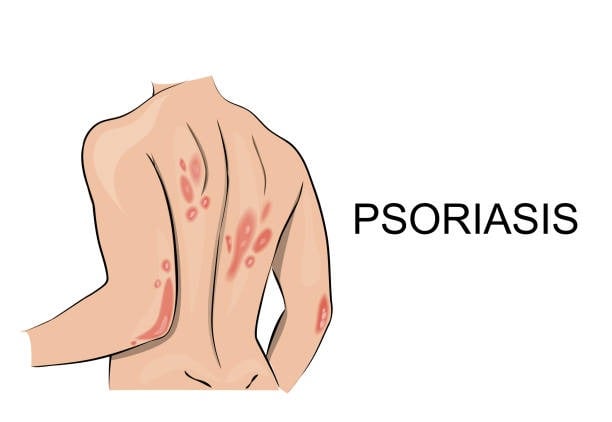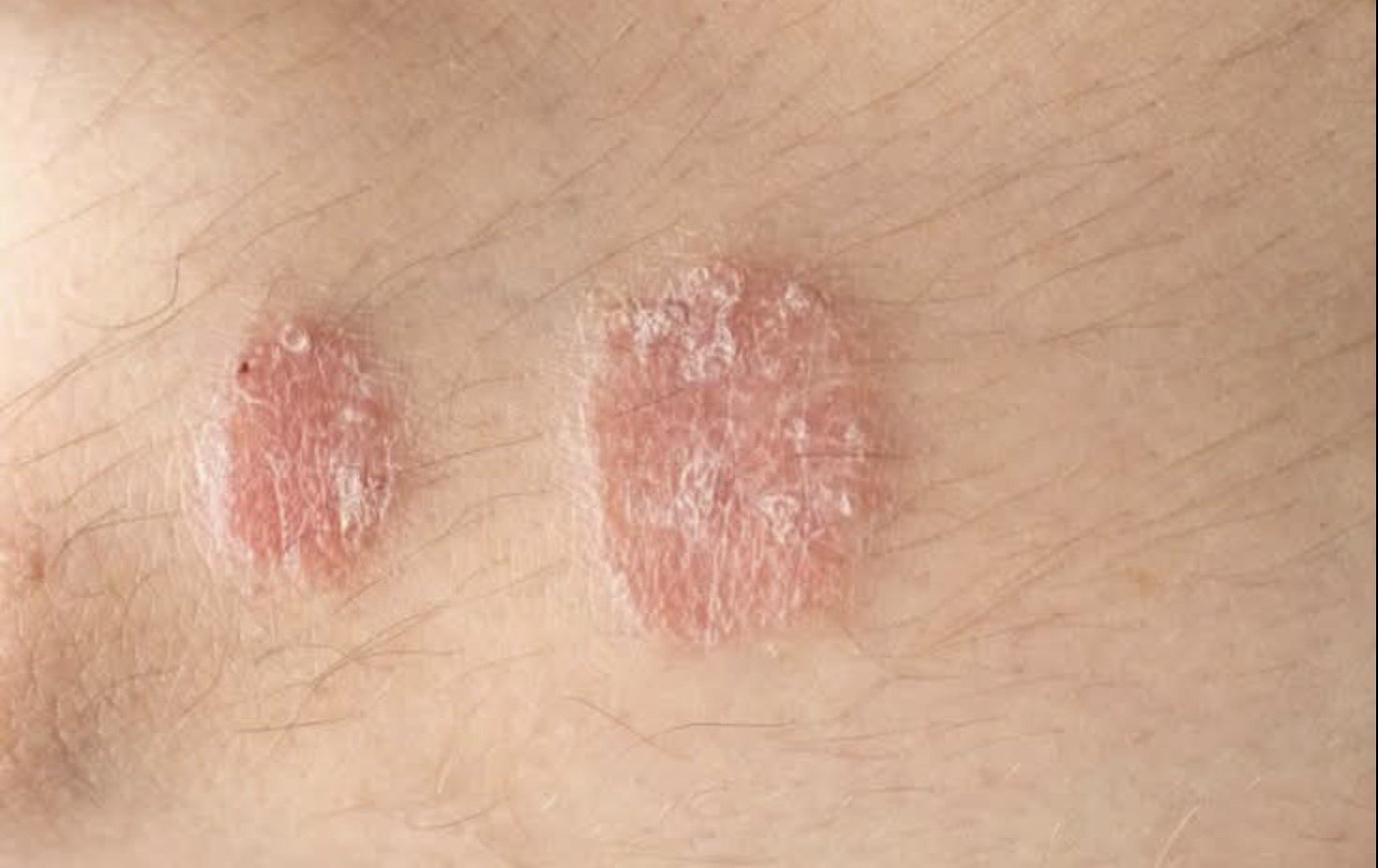Psoriasis is more than just a skin condition – it’s an autoimmune disorder that can manifest as scales, spots, or even crumbling nails. It is a condition that must be managed well.
There are five different types of this potentially painful disease and understanding exactly what you’re up against will help you manage it effectively. Remember, it is important to take care of your health.
If you would like to know more about psoriasis, then keep reading!

Psoriasis is an autoimmune disorder that speeds up the life cycle of skin cells, resulting in the rapid buildup of cells on the surface of the skin, forming scales, redness, and inflammation.
The Mayo Clinic describes psoriasis as “a skin disease that causes a rash with itchy, scaly patches, most commonly on the knees, elbows, trunk and scalp.” This is not a rare skin disease but a more common one.
More than 125 million people worldwide, and about 8 million in the U.S. live with the “common, long-term (chronic) disease” that “can be painful, interfere with sleep and make it hard to concentrate.” The condition, after all, has an impact on your health
Pregnant dog shows up at couple’s doorstep – a few days later, they have 7 puppies to care forPregnant dog shows up at couple’s doorstep – a few days later, they have 7 puppies to care for
Though its exact cause is still a mystery, genetics and environmental triggers play a significant role.
The National Psoriasis Foundation (NPF) identifies five types of skin disease, each that comes with a social and emotional toll due to its visible symptoms.
Plaque psoriasis

According to the NPF, this is the most common type of psoriasis, characterized by dry, itchy, raised patches of skin (plaques) covered with scales. These patches can vary in number and typically appear on the elbows, knees, lower back, and scalp. The color of the plaques depends on skin tone and may heal with temporary discoloration, known as post-inflammatory hyperpigmentation, especially on darker skin. Any type of irregularity warrants medical attention.
Key characteristics
Texture: Thick and scaly
Color: Red or pink with a silvery overlay
Itch Factor: Moderate to severe
Guttate psoriasis
Primarily seen in children and young adults, guttate psoriasis often develops after a bacterial infection like strep throat. This type of psoriasis manifests as small, drop-like sores on the trunk, arms, or legs. Unlike plaque psoriasis, guttate spots are thinner and less scaly.
Key characteristics
Size: Small, teardrop-shaped spots
Trigger: Infections
Affected areas: Torso, limbs
Inverse psoriasis
Inverse psoriasis loves to hide in the folds of your skin like the groin, buttocks, and under the breasts. Unlike other types, it doesn’t have the signature scaling. Instead, it presents as shiny, smooth, red patches that can worsen with friction or sweating. Fungal infections are a common trigger for this form of psoriasis.

